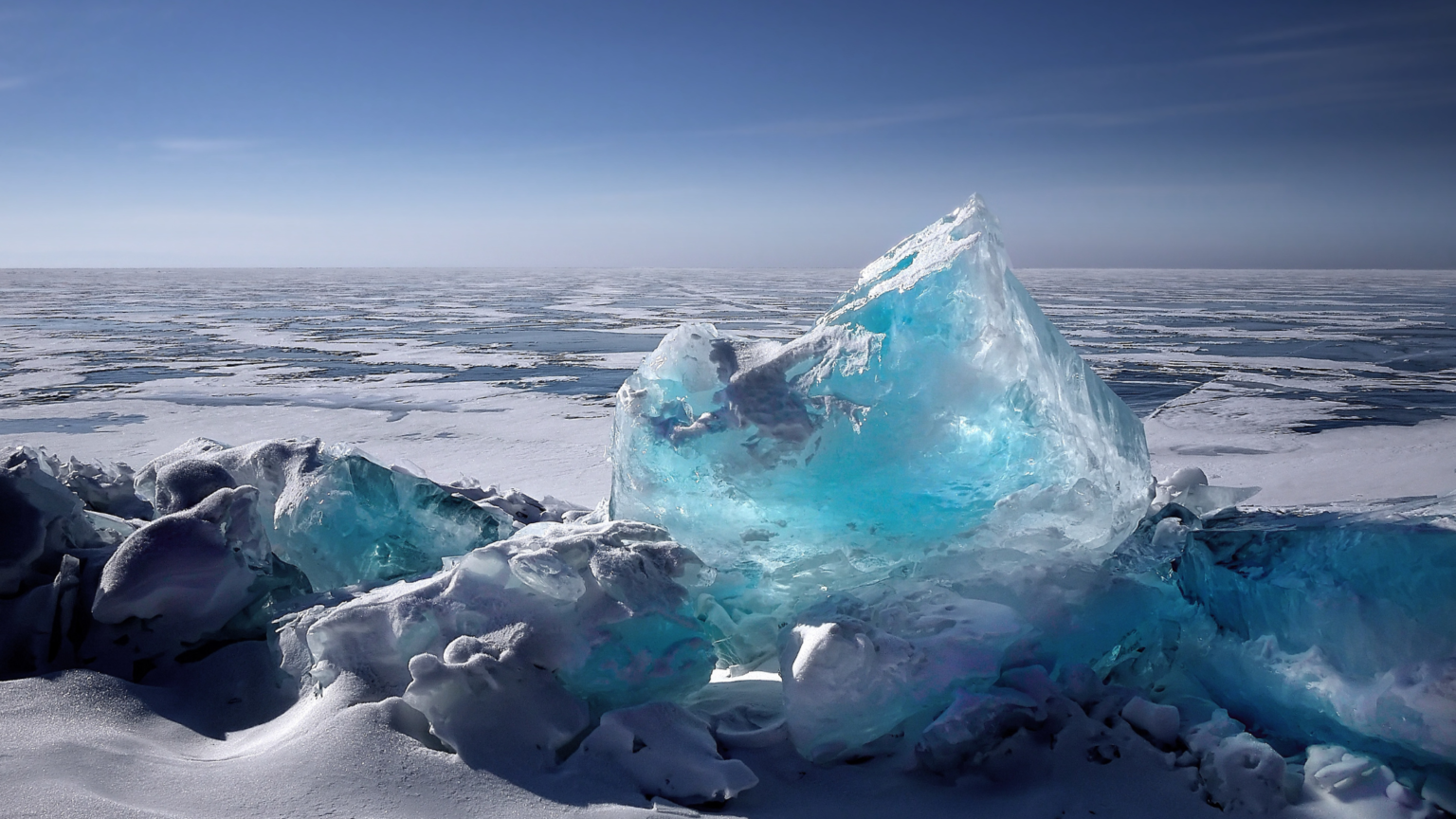Things that we take for granted may not always ring true as this new study has found ice that does not melt at the usual melting point of ice. Termed “superionic ice”, this exotic material forms when subjected to unusually stressful conditions that could exist within water rich gas giants. The substance is referred to as a different phase of matter as it is both water as well as ice simultaneously, giving it very unique properties.
The superionic ice forms could be analogous to the iron present at our own home – Earth’s core, present in both solid as well as liquid at the same time. The study of this form of water could help us better study exoplanets that could contain vast amounts of superionic ice, possibly being the most abundant form of water. This could also explain why planets like planets like Uranus and Neptune have more than two magnetic poles and off-kilter magnetic fields.
Deepening our understanding of superionic icy depths
The idea of superionic-water has existed for decades but scientists were able to recreate it after years of efforts only in 2019. A team of researchers from the Lawrence Livermore National Laboratory at California were able to produce this mysterious substance from high-pressure ice using powerful laser pulses. This experiment helped give us a sample to study this marvelous substance as the data from the study gave us a better understanding of superionic-ice.
Typical water molecules are made up of a combination between two hydrogen molecules held by an oxygen molecule in the middle making up a V-shape; when water forms ice, these molecules sit in fixed positions forming a solid.
Superionic ice on the other hand forms under much more extreme temperature and pressure conditions, and these conditions actually cause the bonds between these molecules to sever and the oxygen atoms fall into a crystal lattice, with hydrogen atoms flowing through the lattice. This structure is comparable to what is typically seen in metals with metal atoms in the lattice and electrons flowing freely. This is also why superionic ice is more conductive and also has a higher melting point, allowing it to remain solid even at blisteringly high temperatures.
Results of the recent study on superionic ice
In this latest study, researchers from Stanford University bombarded a thin layer of water pressed between diamond sheets to emulate high pressure and temperature conditions, achieved by bombarding with powerful lasers. The pressure went as high as 200 GPa (2 million atmospheres) at temperatures up to ~5,000 K, higher temperature but lower pressure compared to the 2019 experiments. X-Ray diffraction results of this experiment revealed the crystal structure of the dense ice-like material to be a body centered cubic structure, revealed to be a crystal even at such high temperatures being maintained only for fractions of a second.
These results confirmed that the substance did have crystalline icy structure distinct from liquid water, hence forming a new phase even from the superionic ice that was observed in 2019. This newly discovered form of superionic ice named Ice XIX has been observed to have a better conducting property than Ice VIII observed in 2019 experiments.
“Recent discoveries of water-rich Neptune-like exoplanets require a more detailed understanding of the phase diagram of [water] at pressure–temperature conditions relevant to their planetary interiors,” Gleason and colleagues explain in their paper, from January 2022. Conductivity plays a crucial role in understanding planetary sciences in the context of Neptune-like Ice giant planets as the possible anomalous nature of the magnetic field produced could be attributed to a mushy solid like this existing at the core of these planets.
Image Credit – Nature, 2022
And if that planet had two superionic layers of differing conductivity in the inner core layers, as Gleason and colleagues suggest Neptune might contain, then the magnetic field generated by the outer liquid layer would interact with each of them differently, making things even more strange and complicated. Gleason and colleagues conclude that conductivity of a layer of superionic ice akin to Ice XIX could explain the wonky, multipolar magnetic fields of planets like those emanating from Uranus and Neptune, as observed by NASA’s Voyager II space probe.
